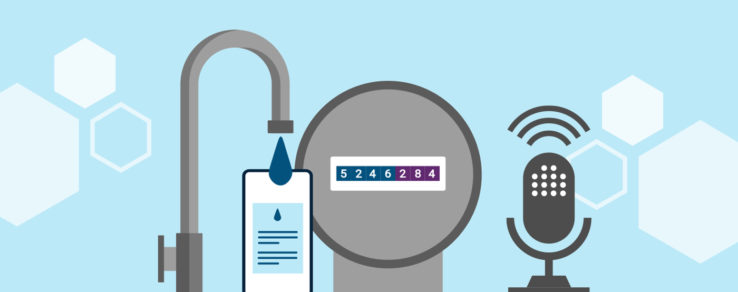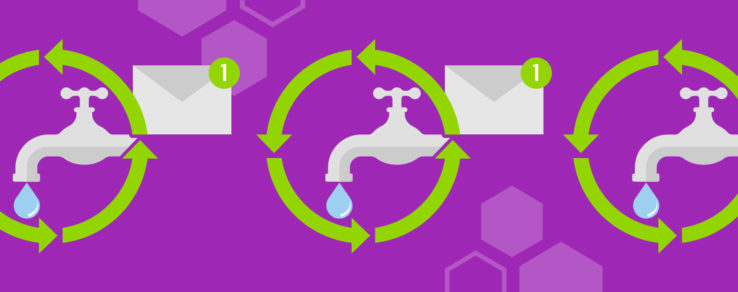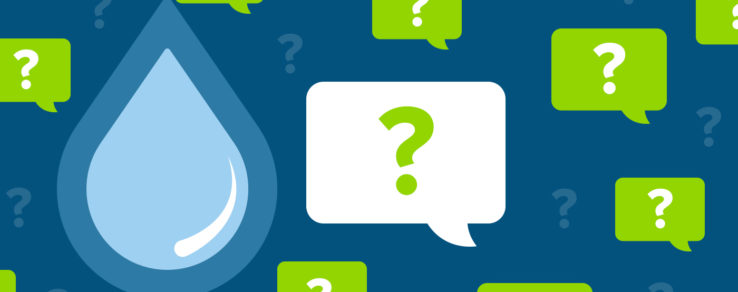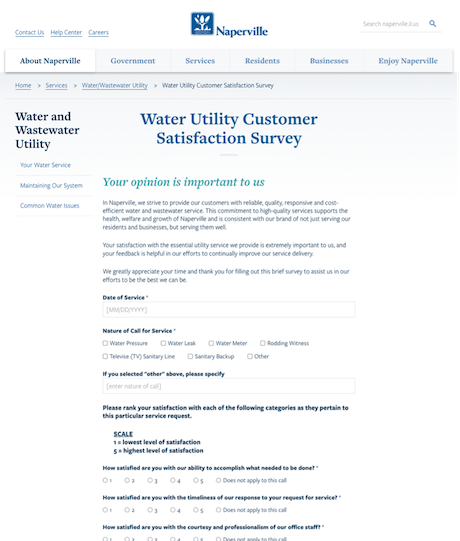Water is an essential part of everyone’s lives. However, many customers don’t think about their water utility until they receive a bill or experience a service disruption. It’s up to your utility to connect with customers beyond these potentially negative touchpoints to build lasting and positive relationships.
Questline Digital’s recent webinar “Water Utilities: Building Stronger Customer Relationships” provided valuable insights from our panel of industry experts. Ty’Esha Torres, Lead Utility Services Specialist, and Jason Stinnett, Lead Account Advisor, from the Los Angeles Department of Water and Power (LADWP), shared tactics and strategies proven to be successful in building engagement with water utility customers.
LADWP is the nation’s largest municipal utility, serving about 4 million residents and businesses in Los Angeles. The utility’s goals include providing safe and reliable service to customers and sharing their expertise with them about water quality, safety, conservation, reliability, billing and more.
To kick off the panel discussion, Torres and Stinnett shared their insights about what water customers really want from their utility.
What Water Customers Want: More Than Just Water
Beyond safe and reliable water, customers are looking to their utilities for effective communications and education. The average residential or commercial customer may not know a lot about their utility’s services or available programs, so it’s important to do the legwork in educating customers and ensuring they are aware of their options.
“There’s no way that we can achieve our goals as a utility in serving our customers and meeting all the various guidelines that we’re subject to without partnering very closely with our customers,” says Stinnett. “So, that ongoing education component is critical.”
One effective way that LADWP provides education to its customers is by hosting events. The Los Angeles Department of Water and Power Sustainability Awards is an annual event to honor the utility’s largest customers and their sustainability successes. This directly contributes to customer awareness of programs and encourages other businesses to consider their sustainable practices.
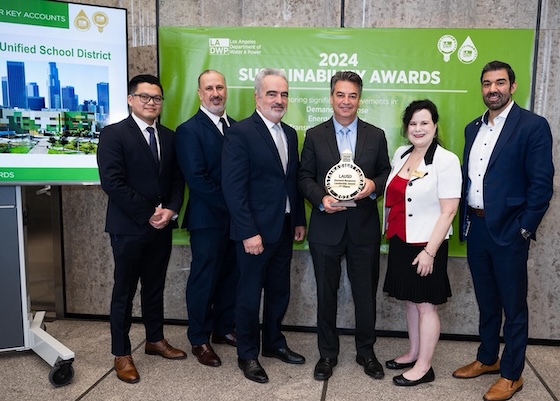
It’s also important to listen to customers and understand their motivations when it comes to water usage and conservation. Most customers are primarily concerned with reducing costs, so equipping them with tips and resources can lead to greater customer satisfaction.
Torres shared that business customers also want to know what others in their industry are doing with their water. LADWP offers its Small Business Support website and Empowering Small Business newsletters where customers can find industry-specific tips and resources. Torres emphasized the importance of providing programs and services that align with the specific needs of each industry, allowing customers to easily digest information and learn at their own pace.
Stinnett also discussed the importance of equipping customers with the right tools. This includes directing them to educational resources and making sure that information is accessible. For example, LADWP recently redesigned its website to make it easier for both residential and business customers to find what they need. At the end of the day, it’s about building relationships with customers so they know that they can turn to your utility for guidance and support.
“It’s relationships,” says Stinnett. “Having that personal touch…respecting those relationships, building those relationships and investing in them. Those are the things that really can yield success.”
Encourage Feedback from Water Utility Customers
Feedback is a crucial component for the success of all utilities. Feedback allows utilities to better understand customers’ interests, needs and preferences, and prioritize actions to accommodate customers. “I use feedback to chart out my plans for the coming year,” says Stinnett. “Get that feedback. It can really be critical to your success.”
Torres also emphasized the importance of collecting feedback through various channels. “Stay ear-to-the-ground on what’s going on in your community, but also give your customers a myriad of ways to reach you,” says Torres.
Effective methods for gathering feedback include:
- Surveys
- Contact forms
- Email and call center communications
- Community events and meetings
- Collaboration with other city agencies
- Internal colleague feedback loops
Educate Water Customers with Consistent Touchpoints
Stinnett shared that LADWP offers various programs for water customers, which are marketed both internally and externally through newsletters. The utility’s internal newsletter, The Wire, serves as a training tool to keep employees up-to-date on important information.
LADWP’s external newsletter, Connections, is sent to customers each month through Questline Digital’s Engage platform. The monthly newsletters include content that is for both electric and water customers, offering tips or advice on water conservation best practices, or sharing information about available programs and services. Along with its newsletters, LADWP deploys email communications and posts on social media to further engagement.
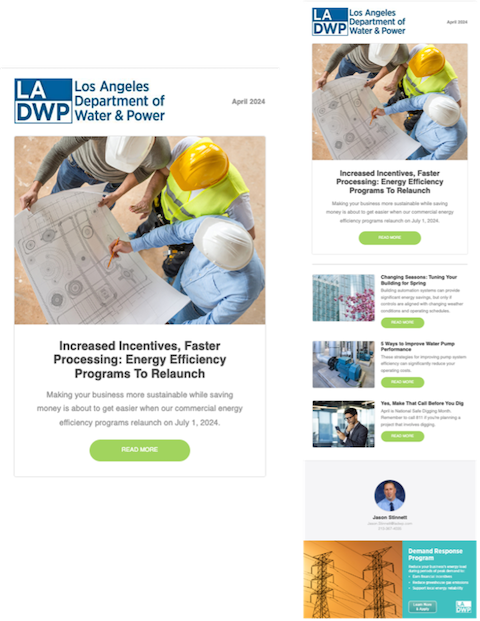
Building Stronger Water Customer Relationships: A Dual Effort
To bridge the gap between utilities and their water customers, it’s important to remember that your relationship is also a partnership. In order to boost customer satisfaction and engagement, your utility needs to offer programs and services that customers want and need. To provide these necessary resources, your utility has to listen to customers and take feedback to heart.
Customer relationships don’t happen in a silo. It requires consistent effort to be in the community and working with customers in ways that positively impact both customers and the utility.
“Build those relationships. Find the right strategies and tactics. Find the right tools. Find out your customers’ preferences,” says Stinnet. “Find ways to really work with them, to help solve their issues and address their challenges. That’s the best thing we can do. I don’t see our customers just as customers, they’re our partners. Because without them, we wouldn’t be here.”
Torres advises utilities to be open-minded about how to do business. A customer’s experience is tied to how well your utility can capture what they need and what they’re looking for. Because of this, it’s important to think outside the box and continue growing and expanding.
“Keep an open mind, keep your toolbox growing,” says Torres. “You have to continue learning, continue teaching, continue growing. And I think, as partners, we can grow together.”
